Social exhaustion can sneak up on you, especially if you’re someone who loves showing up for other people, but also needs a lot of alone time to reset.

When your calendar’s been packed or your conversations feel like a performance, you might feel completely drained, yet still crave connection in some calm, manageable way. It’s a strange middle ground where you don’t want to isolate, but you also can’t bear the idea of another intense social situation. Here are a few things that help when you’re in that space.
1. Opt for low-stakes company.

When you’re socially wiped out, it’s the high-energy, high-expectation interactions that tend to push you over the edge. However, being around someone who doesn’t need anything from you—no deep conversation, no social performance—can feel surprisingly restorative. A partner, sibling, or flatmate who knows how to be around you without needing you to entertain them is ideal.
This kind of relaxed companionship gives you the feeling of not being alone, without any pressure to be “on.” You can watch TV together, cook in silence, or even just scroll your phones in the same room. It’s still connection, just a more breathable version of it.
2. Text instead of talk.
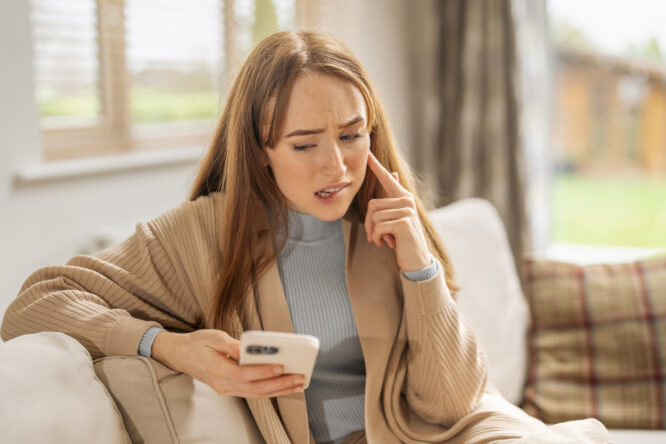
If seeing people face-to-face feels overwhelming, but you don’t want to disappear, texting can be a helpful middle step. You still get to maintain contact with the outside world, but you can do it on your terms, in your own time, without draining your energy through voice or video.
This is especially helpful for introverts or neurodivergent people who find verbal conversations tiring. A few short messages can keep the connection alive without adding to your social fatigue, and you can always go quiet again if you need to.
3. Share space with someone who doesn’t need conversation.
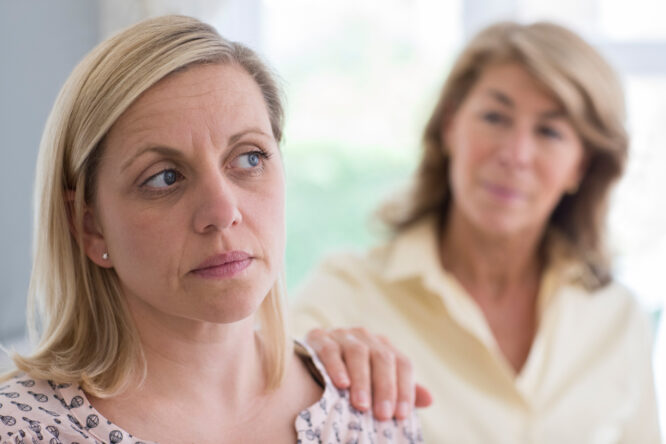
There’s something comforting about co-existing in the same space without talking. Whether it’s sitting in a café with a book, joining a co-working session, or having a chilled out Sunday with your partner, just being near someone can help you feel connected without being drained.
These kinds of “parallel play” interactions are perfect when you still want to feel part of the world, but don’t have the bandwidth for intense one-on-ones. It’s a reminder that togetherness doesn’t always have to mean conversation or energy output.
4. Keep the hangouts short and loose.
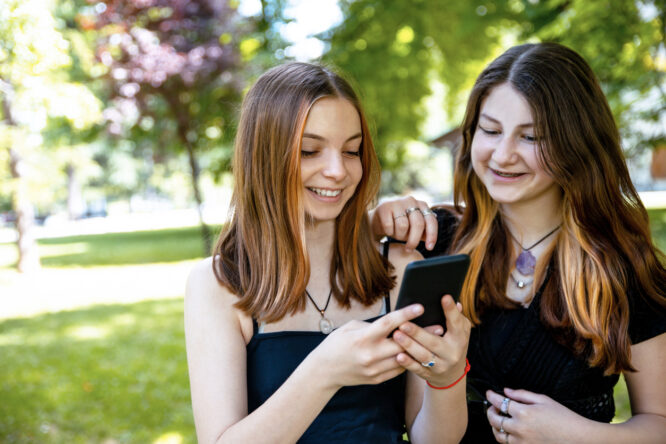
Sometimes it’s not the people you’re seeing that tire you out—it’s the length or structure of the plans. Instead of dinner, maybe it’s a coffee. Instead of a whole afternoon, maybe it’s just a quick walk. Keeping things short makes it easier to show up without dreading it.
Loose plans also help reduce the mental build-up. When there’s no rigid schedule or big emotional expectations, you’re more likely to enjoy yourself and less likely to regret saying yes. Low-pressure contact keeps you socially connected in a more sustainable way.
5. Spend time with animals.
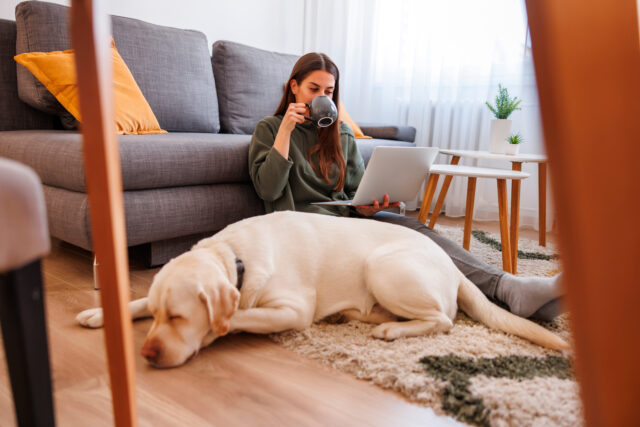
Animals are incredible social buffers. They offer presence and companionship without the weight of conversation or emotional labour. Spending time with a dog, a cat, or even visiting an animal sanctuary can give you the feeling of being around a living creature without the risk of overstimulation.
You’re not replacing people, you’re resetting your nervous system in a way that still feels relational. Animals have a way of reminding you that connection can be simple, quiet, and safe. That calmness can carry over into your human interactions too.
6. Do something that connects you to other people passively.

Not all connection has to be direct. Listening to a podcast, watching a comfort YouTuber, or even scrolling through familiar faces on social media can help ease that sense of isolation without requiring energy you don’t have. That passive social exposure gives your brain a small dose of interaction without the risk of overwhelm. It’s not a long-term substitute for real connection, but it can help bridge the gap when your tank is running low.
7. Choose connection that feels emotionally safe.

Social exhaustion often comes from managing emotional dynamics—masking, people-pleasing, dealing with tension. That’s why it helps to spend time with the people who feel easiest. The ones who don’t need you to explain, perform, or pretend. Safe company isn’t about avoiding everyone—it’s about choosing the people who leave you feeling better, not more depleted. If you’re going to use up your limited energy, use it on someone who fills your cup rather than empties it.
8. Set a time limit before you go in.
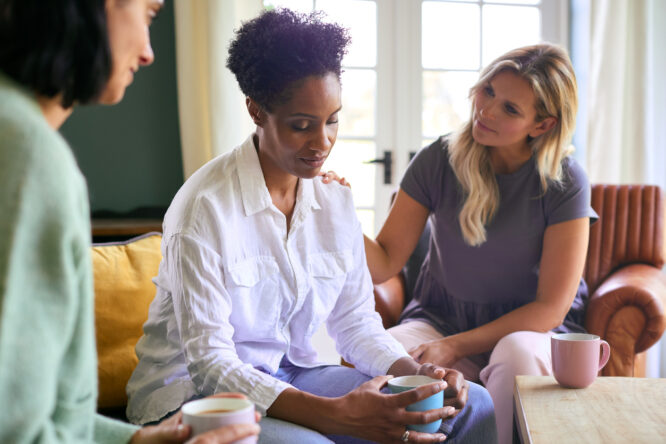
Before heading into any social interaction, give yourself a soft boundary. “I’ll stay for an hour and then see how I feel” takes the pressure off committing to a whole evening. It also gives you an exit strategy if your social battery dies halfway through.
This technique helps you show up without dread. Knowing you have permission to leave or log off makes you more likely to enjoy yourself in the moment—and you often find that just having the option to leave is enough to help you stay a little longer.
9. Be honest with someone you trust.

Sometimes the exhaustion comes from pretending you’re fine. Telling a trusted friend or partner that you’re feeling drained but still want to stay connected can help bridge the gap. You’re not disappearing—you’re just asking for gentler terms. Most people will get it, and once you say it out loud, the pressure to perform often fades. You can change the tone of your interactions without cutting off the relationship completely, which makes staying present a lot easier.
10. Try group settings where you can blend in.

Ironically, being in a small group can sometimes be easier than one-on-one conversation. In a group, you can hang back, listen, laugh when something’s funny, and let other people carry the energy. There’s less focus on you, which means less pressure to perform. Events like book clubs, casual pub nights, or group walks are great for this. You’re around people, but no one expects you to hold the floor. And if you need to slip away early, it’s much easier to do without drawing attention.
11. Build in recovery time.

Social connection doesn’t have to be constant. If you’re someone who needs time alone to recharge, don’t feel guilty about building that in. The key is balance—giving yourself enough solitude to refuel without falling off the radar entirely.
Knowing you’ve got a quiet day tomorrow can make it easier to push through a small interaction today. It’s about pacing yourself, not isolating. Give your nervous system what it needs, and you’ll find you’re able to stay more socially present over time.
12. Lean on shared activities instead of conversation.

Doing something alongside someone—cooking, tidying, going for a walk, even gaming—takes the pressure off having to talk constantly. It creates a sense of connection through doing, not just talking, which can be a massive relief when you’re running on empty.
That kind of interaction still feels meaningful, but it’s much more sustainable when your social battery is low. You get to enjoy someone’s company without the usual back-and-forth. It’s socialising in a way that feels more grounded and less draining.
13. Let yourself enjoy solitude without feeling bad about it.

If you do end up needing a proper break from people, that’s okay. Solitude isn’t failure, and it doesn’t mean you’ve disappeared from the lives of people who care about you. Sometimes taking that space is what allows you to come back with more capacity and presence.
The key is staying mindful of the difference between rest and retreat. If you’re recharging, great. If you’re hiding, check in with yourself. But either way, honouring your need for space is part of building more balanced, meaningful relationships in the long run.




